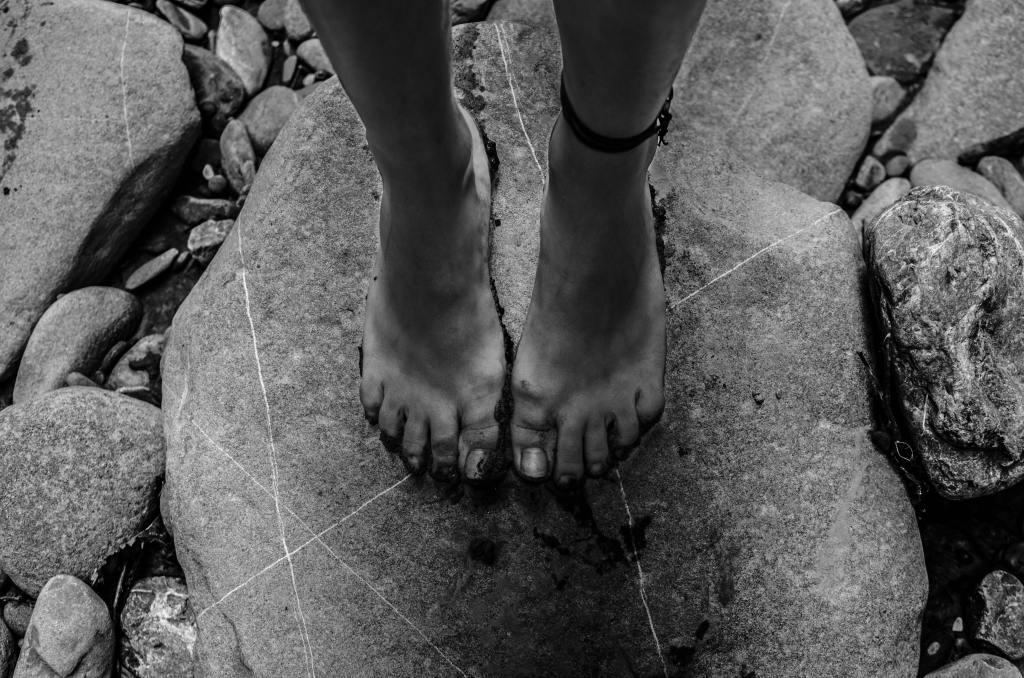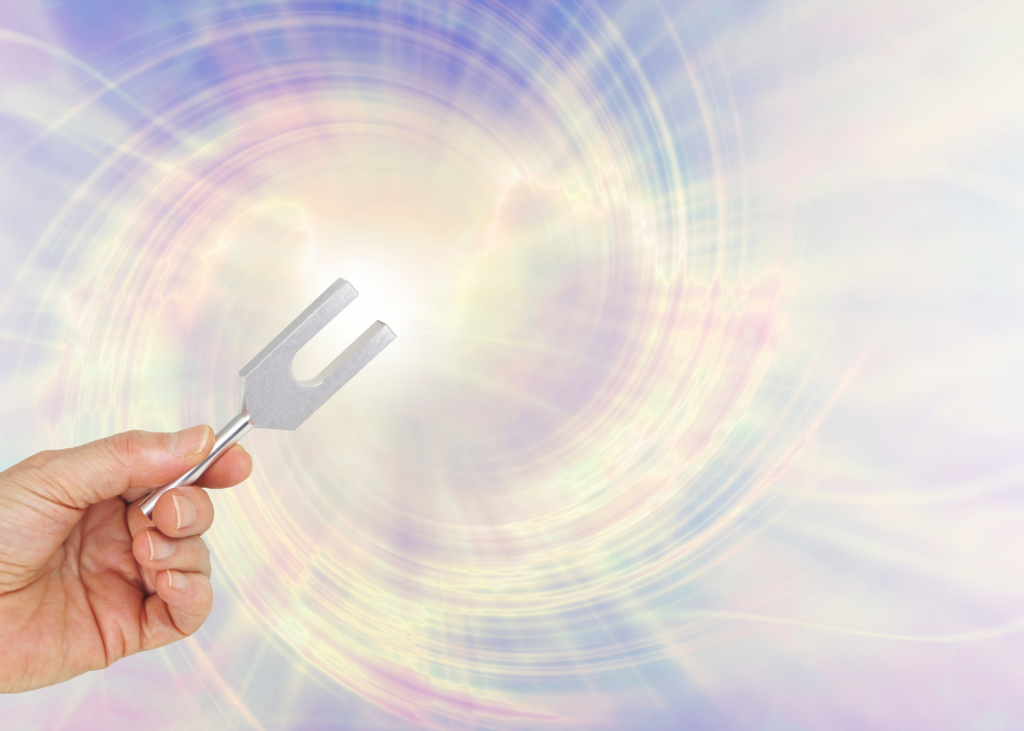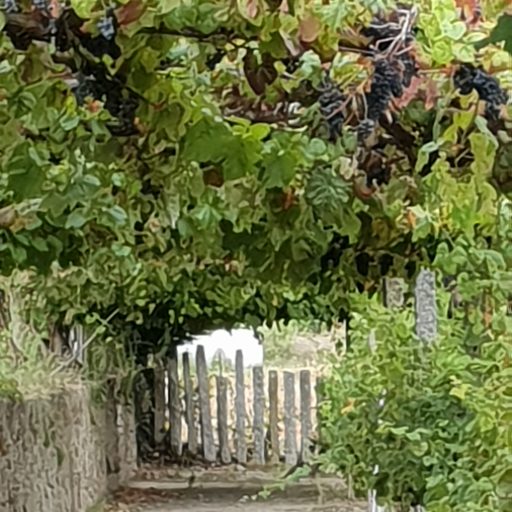Standing in front of monument carved in stone, overlooking one of the most famous winegrowing valleys in the country, there lies a declaration invoked by a leading Biblical identity: The Lord has given us this land (Joshua 2.9). It takes my breath away. Joshua was one of Moses’ assistants and ascended to leadership of the tribes of Israel on the death of Moses. It is such an interesting choice to carve into rock, to over look a valley, to declare in a memorial to pioneers. This land was already inhabited and a food bowl. It didn’t need pioneers to make that declaration. It was known to the First Nations as on land the local Aborigines referred to as Taninda, a word it is thought that meant watering hole’ or ‘many birds on a creek’. It is Ngadjuri land. The deep dreaming stories, ancient remants of culture carved into the land in other rocks not too far from this lookout, stone artefacts, trees and stumps of trees long gone, waterways and the birds themselves are telling their own story and I long for some interpretative guide to help me see what is unseen and invisible to me.
Being able to see what is hidden, doesn’t mean it is not there. To have the eyes, and perhaps the heart to see, and the curiosity to wonder what you might be missing. One thing is for sure, this land is God given and it was already well occupied, well loved and in deep harmony with the seasons and the cosmos, long before any European “pioneer” stepped foot into the valley. The custodianship goes back to long before Joshua was on a spy mission to look for Canaan land for his future generations on the other side of the planet.
Everywhere I go, I go searching for signs in the landscape and long to see more signs to explain what my colonial, and foreign eye, cannot see. To go up and down the hills and valleys and to find below me earth trod and loved. We are not living in some upcycled version of the land. The SDGs around land and water are occupying my mind right now as I am part of a SheEO racial justice working group being led by the indomitable leader Wakumi Douglas, whose skillful facilitation style takes us deeper and deeper into deconstructing white privilege and the colonial mindset. These essential ingredients for life – land and water and I have gone looking to see if I can find the Ngadjuri words for land and water. I have learnt cowie is the word for water and I can now see it clearly in the names of many of the towns in this area Bimbowrie, Tarcowie, Terowie, Caltowie, Canowie, Yarcowie, Booborowie. Once again more evidence of settlement long before the “settlers”.
I am going to see what more I can find out before I come again to this land and will be looking up Ngadjuri : Aboriginal people of the Mid North Region of South Australia just the index alone that I can see in the national library reference tells me a story. Chapter headings include: European explorers and disease; Resistance to invasion 1840 – early 1850s; Ngadjuri are dispossessed of their land 1840s – 1900s. So while Joshua’s people were scoping out their invasion, the Ngadjuri warriors were battling to save their Jericho, and it made me wonder if Joshua was being invoked because there had been a fierce war on these lands? The melding of cultures spins around in my head, because the Joshua Fought the Battle of Jericho, is a slave song, a song in code to give courage to those seeking freedom from their enslavement as they took their last steps into the promised land. There is a universal relationship to land and liberty.
If you remember seeing how a picture emerges in a polaroid or in a dark room on celluloid, you will remember how from the blank photographic paper, first their comes a cloudy and murky indistinguishable swath of black and white and greys and colours and then the image becomes clearer and clearer and into sharp relief. This is how the land starts to talk to me and teach me as I learn more about its story as I walk and wander. It is a discovery process, a detective process and where the tools of investigation include my old theological tool (thank you Elisabeth Schussler- Fiorenza) of the hermeneutic of suspicion. My pilgrim steps are inviting me into hermeneutics of rememberance of the lands and waters to teach me about what I can’t see and help me find paths already trod to lead me deeper into already promised lands. Paths revealed and yet to be revealed to my naive and untrained eye and ignorant feet.





